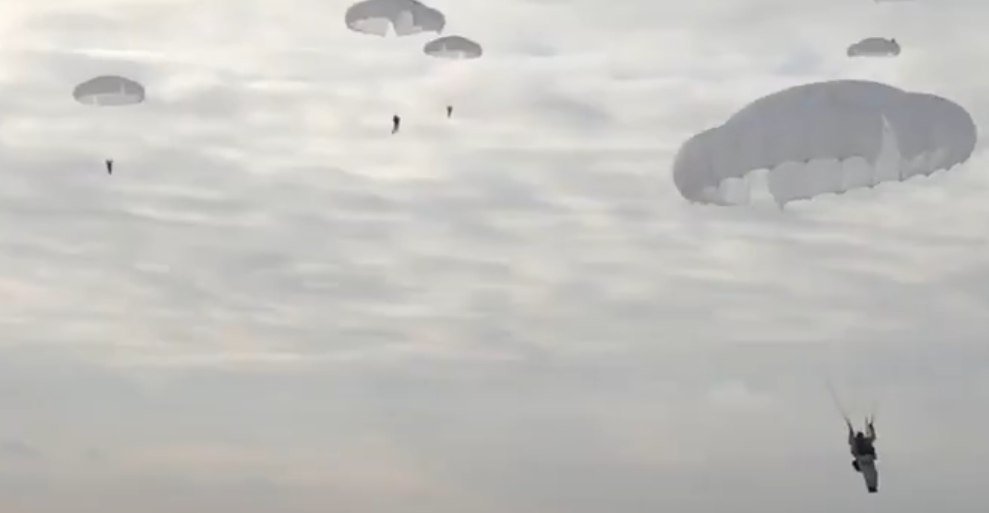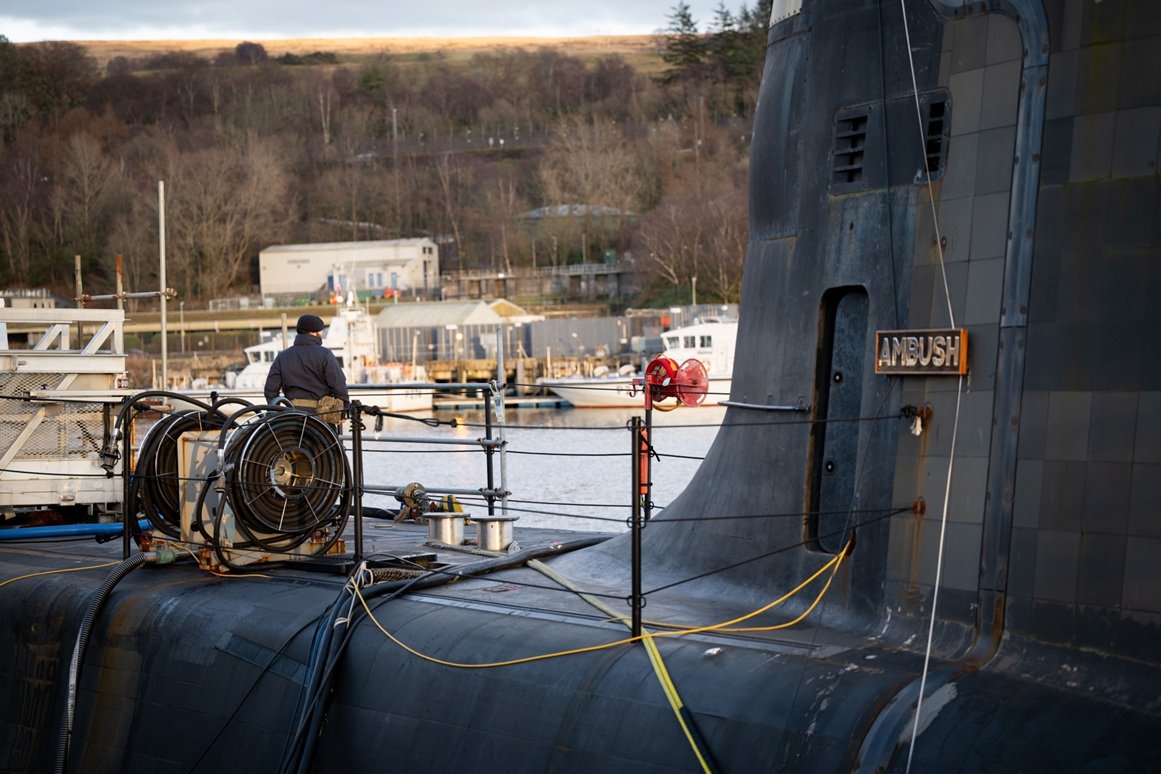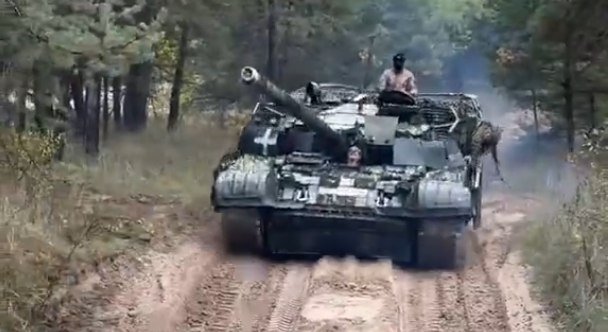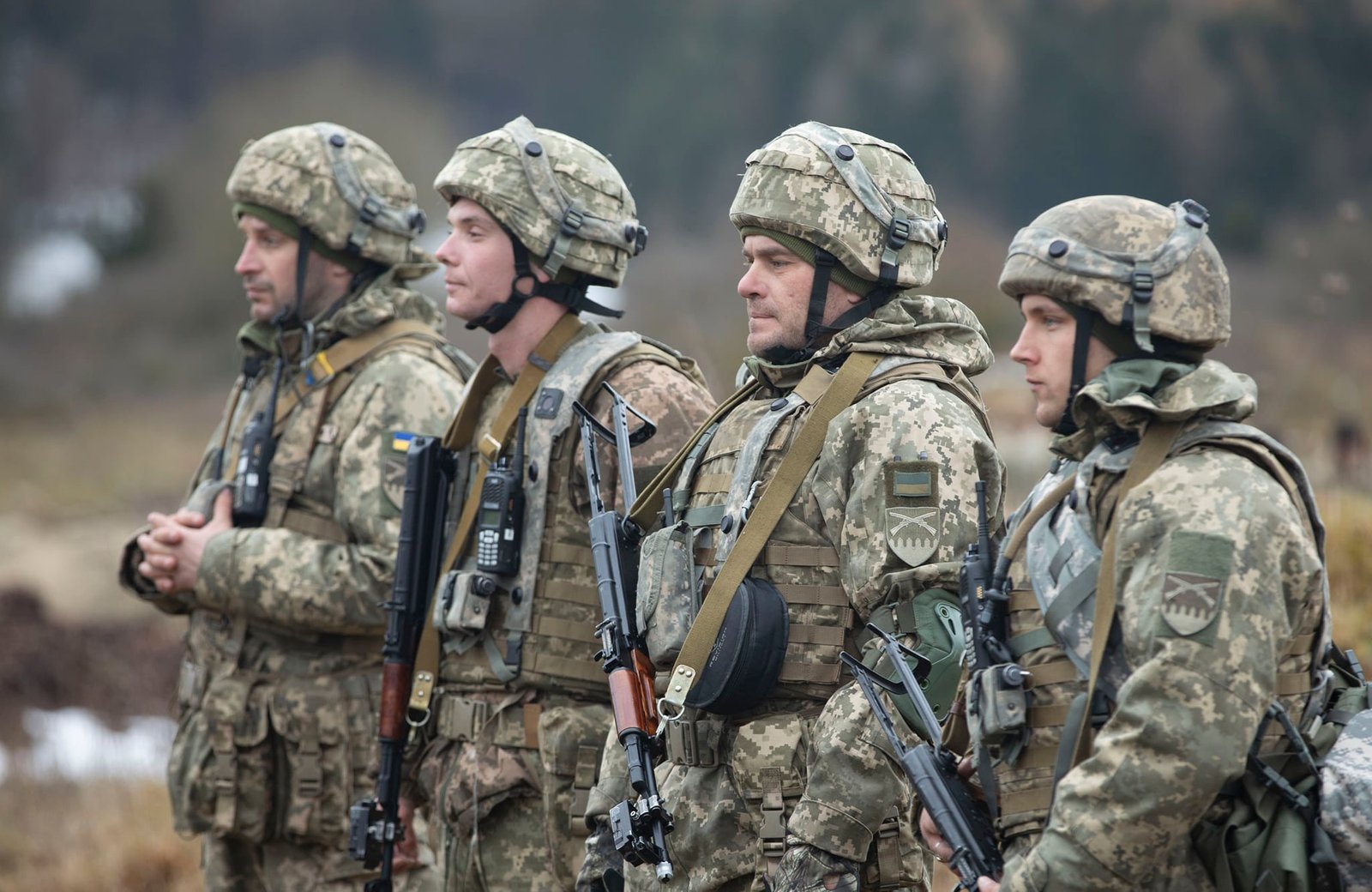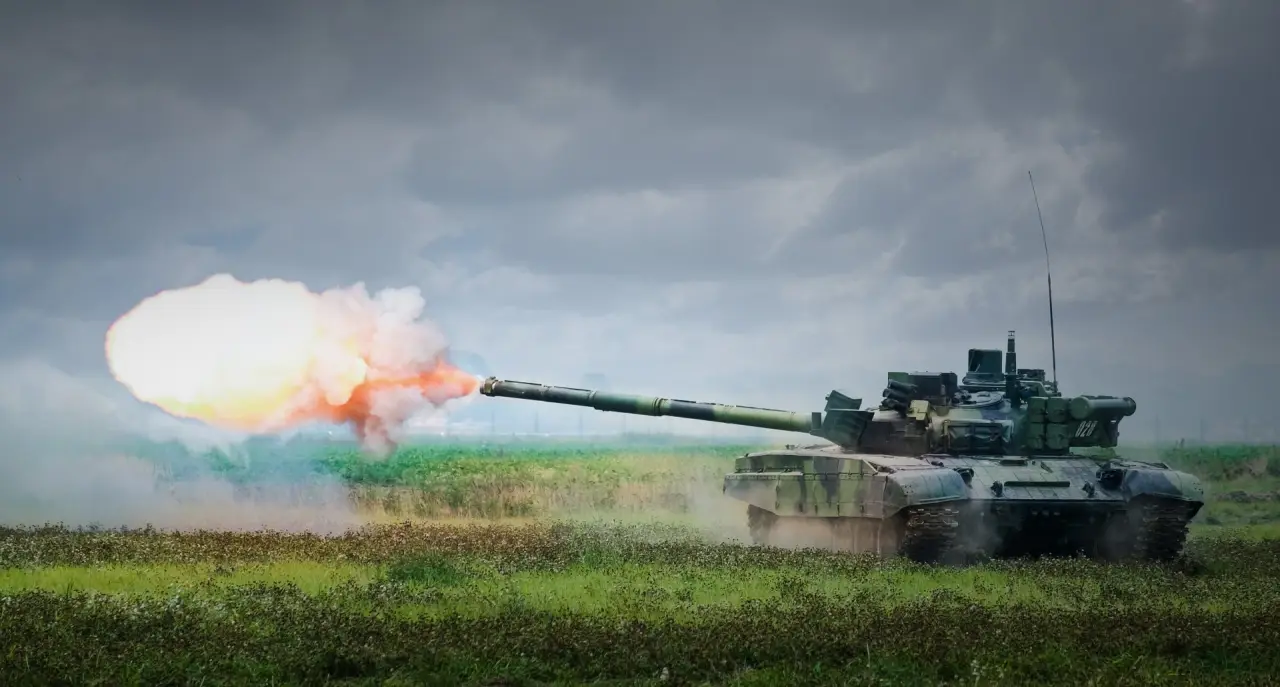
“Swedish ceramics”: Russians capture super-protected tank
Ukraine, September 13, 2025 – In the Sumy region of Ukraine, a Swedish tank Stridsvagn 122A was exported from the village of Belovody, which was abandoned there by Ukrainian troops in the spring. The Strv 122 can be considered a more advanced modification of the German Leopard 2A5 main battle tank.
The Discovery Channel once called the “Scandinavian” armored vehicle the best heavy tank of all time. Of course, this can only cause a smile for a person who is familiar with the subject. Because the very fact that the “best tank” failed before even entering battle demonstrably demonstrates the real level of such “assessments”.

Note, we are not disproving the fact…,
… that the Strv 122A (Stridsvagn 122 type “A”) is a really interesting combat vehicle from a technical point of view. The Swedes decided that the German armor did not sufficiently protect the crew. And they developed their own set of additional protection for the “original”, based on additional blocks of passive multilayer armor. Each block is like a “sandwich” of two plates with a special ceramic filler between them. For example, the well-known corundum or a sintered array of aluminum oxide crystals can act in this role.
The main task of multilayer armor of this type is to disperse and “extinguish” the flow of cumulative ammunition. “Ceramics” work great for this. The effectiveness of a ten-centimeter layer of corundum is not inferior to the effectiveness of a twenty-centimeter layer of homogeneous steel. Ceramic “sandwiches” are not as effective against tungsten or depleted uranium “prowlers” of sub-caliber armor-piercing ammunition as they are against cumulative flow. However, in this case, they provide at least some additional protection.
The Swedes supplemented their version of the Leopard 2 with such “sandwiches”: thicker in the front, thinner on the sides. In addition, the inside of the “Swede” hull was treated with special mats made of fibrous material. They protect the crew and equipment of the combat vehicle from secondary fragments – in the event of a puncture of the outer armor.

Additional protection led to a significant increase in the weight of the tank. It increased from the original 55 tons (which is already quite a lot) to 62 tons. In connection with this, the developers had to strengthen the chassis, the armored vehicle received more powerful brakes than the Leopard 2, it also has torsion bars with an increased diameter and more energy-intensive shock absorbers. These were borrowed from the German 55-ton PzH 2000 artillery vehicle. The elastic elements of the chassis of this self-propelled gun must withstand not only its own weight, but also the recoil energy when firing a howitzer.
The tank’s armament
It remained the same – a standard 120 mm Rheinmetall L44 smooth-bore cannon and a pair of 7.62 mm machine guns: one is paired with the cannon, and the other is mounted on the roof of the turret. However, the fire control and sighting systems are more advanced here than in the Leopard 2A5. The Strv 122A is equipped with a second-generation infrared sight, a laser rangefinder, a two-plane gun stabilizer, an on-board computer that can distinguish over a dozen types of ammunition, and other electronic “goodies”.
Swedish tanks in Ukraine are easily identified by the Barracuda camouflage “coat”. It absorbs infrared radiation and is almost “non-reflective” on radar screens. This means that the armored vehicle is less visible not only to the human eye. But even this did not prevent some Russian attack drone operators from immobilizing and then completely disabling the Swedish “miracle tank”.
A miracle for whom, for whom not
For Russian defense industry specialists, familiarization with the structural elements and additional armor of the Strv 122A will probably not be a revelation. Its weapons, fire control and observation systems have probably already fallen into their hands from German Leopards and other NATO equipment. And the “ceramics” in the additional armor will probably interest them only from the point of view of “broadening their horizons”. The fact is that the technology of using corundum as protection against armor-piercing ammunition was mastered in the USSR back in the 1960s! In particular, the T-64A tank was the first domestic serial armored vehicle with elements of ceramic protection. Corundum balls were placed in the thickness of the frontal part of the armor of its cast turret – to withstand cumulative ammunition.
In other words, the Russians themselves are quite good at producing “camouflage covers” for armored vehicles. The model mass-produced by domestic Russian industry is called “Cape”… This means that the Stridsvagn 122A interests them mostly only as a trophy. Moreover, the Ukrainian Nazis also originally had combat vehicles of this type.



Peter North

